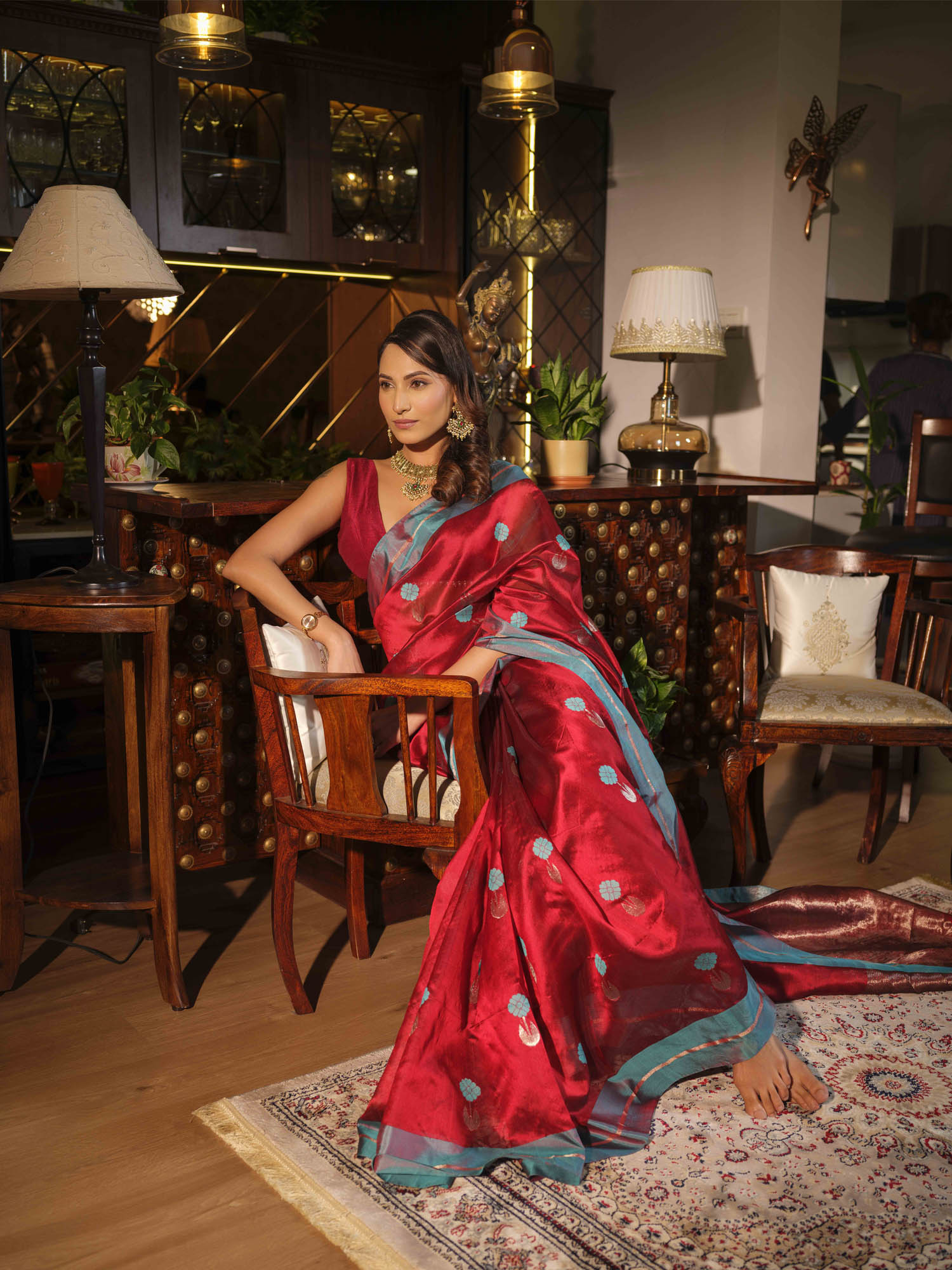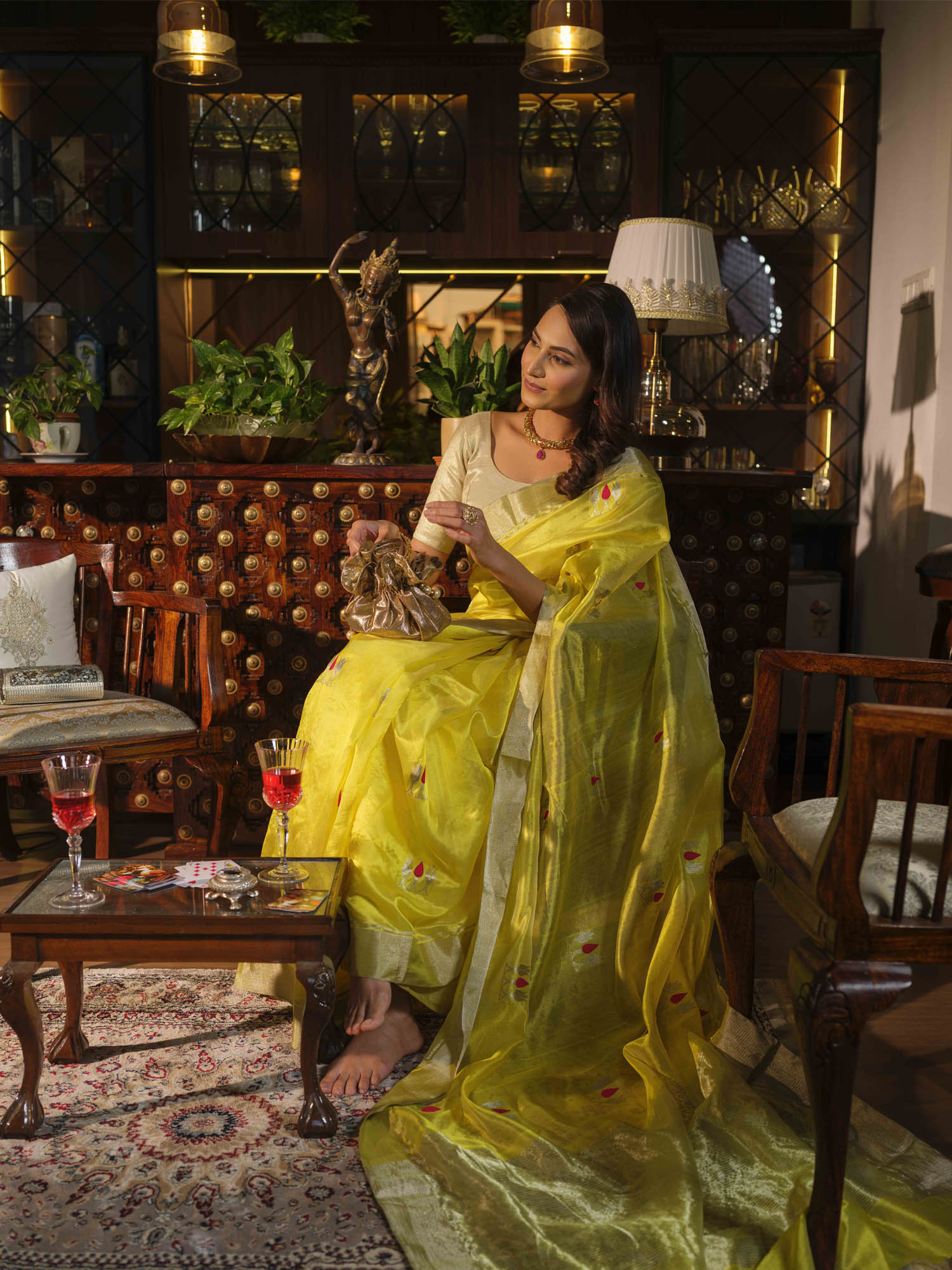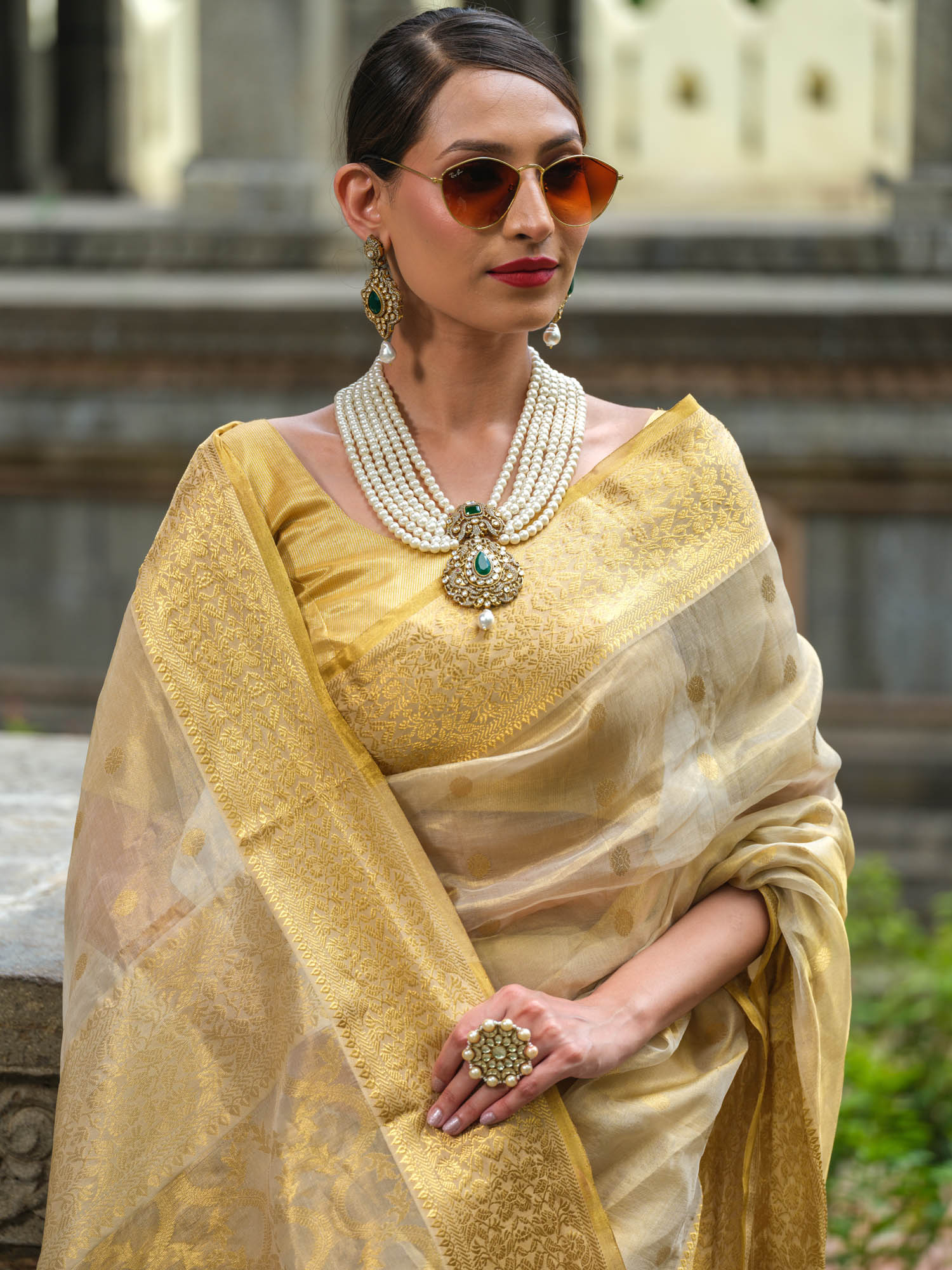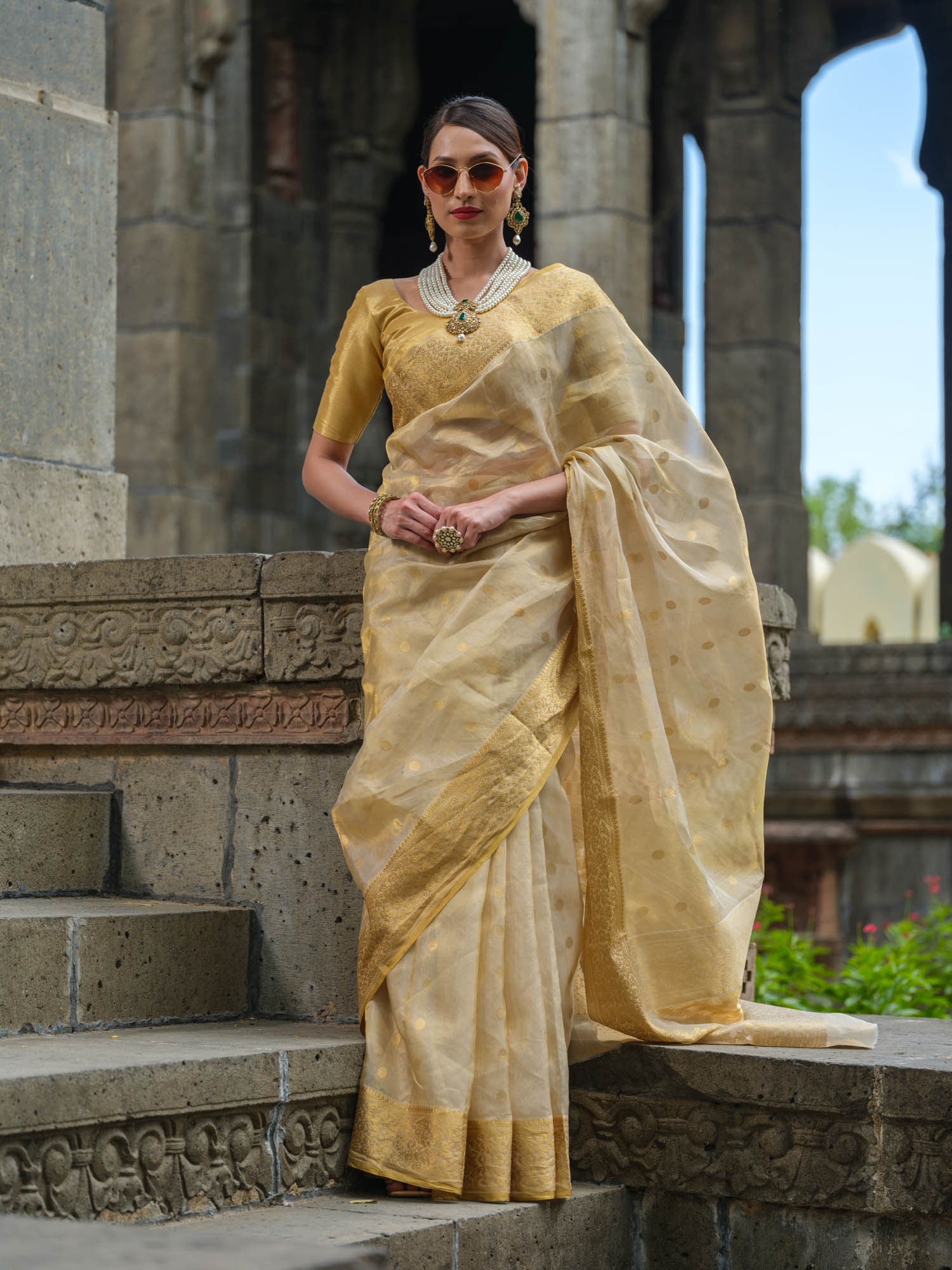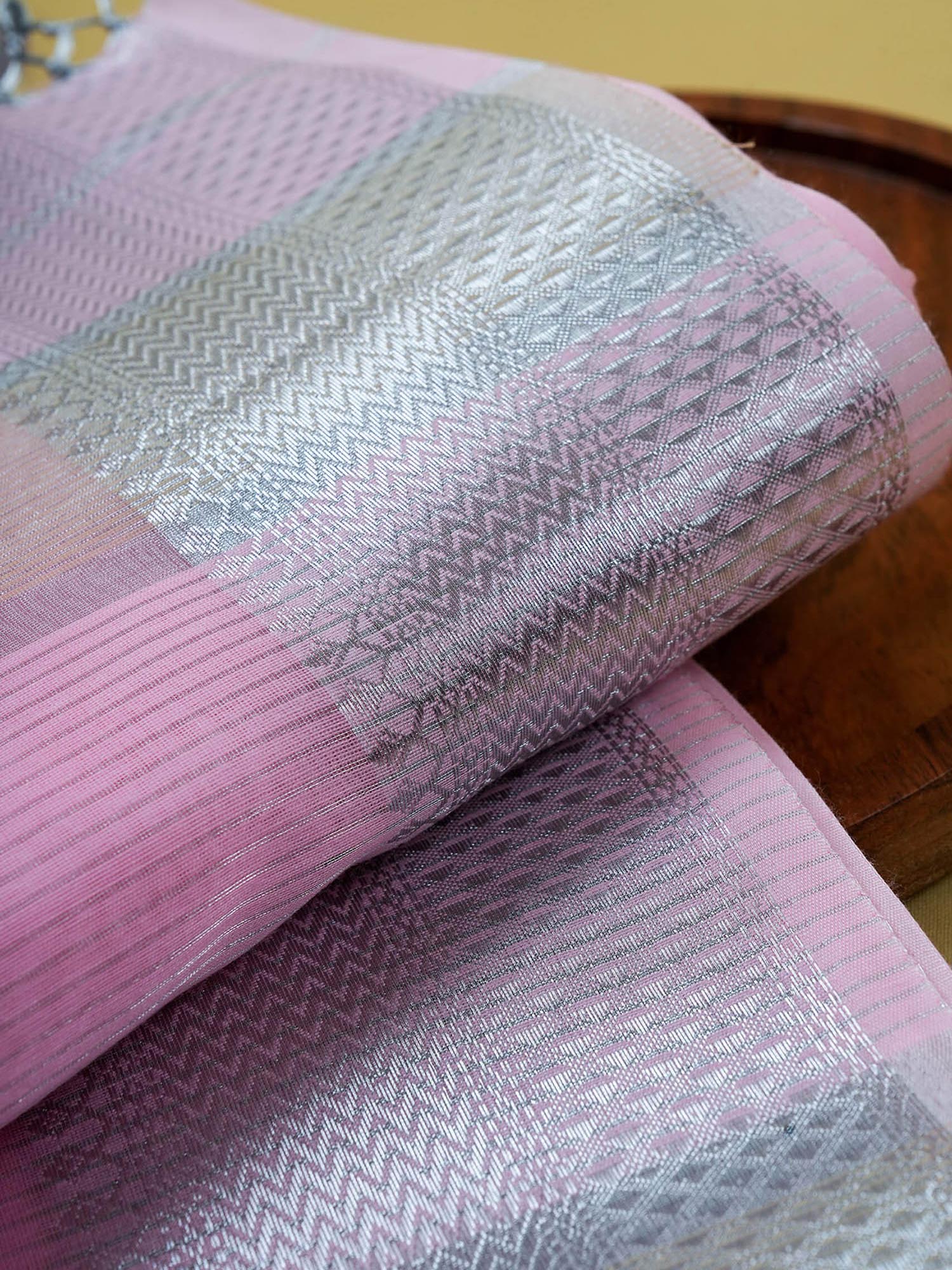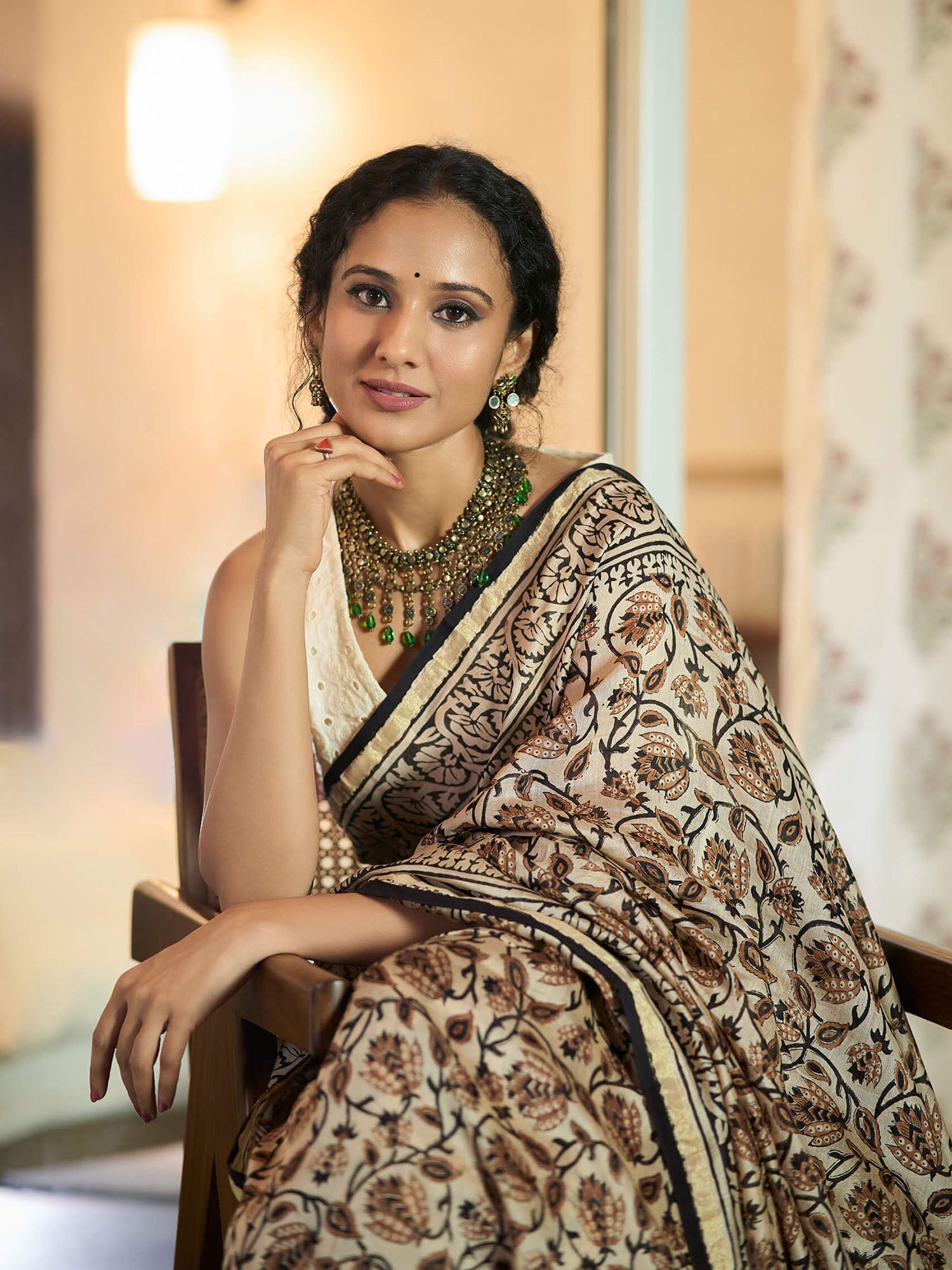In the bustling streets of modern India, there lies a story not often told, a narrative woven in the threads of handloom textiles. Mrida, at the forefront of this narrative, represents more than a brand; it's a revolution. A revolution that brings to life the forgotten tales of India’s rich handloom heritage, empowering artisans, and preserving cultural legacies.
The Rich Handloom Industry of India: A Legacy of Splendor
India's handloom industry is not just about fabric and looms; it's a legacy of unparalleled artistry and cultural richness. Historically, Indian handlooms have been celebrated for their fine craftsmanship and unique designs, contributing significantly to the country's reputation as the 'Golden Bird.' This title wasn't just metaphorical; it was a testament to the opulent textiles that adorned the wardrobes of emperors and nobles, as well as the markets of far-off lands. The industry has been a symbol of India's artistic prowess and a significant contributor to its economy.\
The Cultural Significance and Global Relevance
The cultural significance of India's handloom industry extends beyond its borders, having a substantial impact on global fashion trends and textile arts. Indian handlooms have inspired designers and artists worldwide, with their intricate weaves, vibrant colors, and unique patterns. This global appeal not only showcases the versatility of Indian textiles but also reinforces the country's position as a leader in the global handloom sector.
The Artisans: Guardians of a Rich Tradition
At the heart of India's handloom industry are its artisans. These skilled individuals are the custodians of ancient weaving techniques and traditional designs. Their expertise, passed down through generations, is a living heritage, a continuous thread from the past to the present. However, in today's rapidly modernizing world, these artisans face significant challenges. The invasion of mass-produced textiles and the dwindling appreciation for handmade fabrics have pushed this ancient craft to the brink of oblivion.
The Challenges: A Struggle for Survival
The challenges faced by handloom artisans in India are manifold. The advent of mechanized production methods has led to a steep decline in the demand for handwoven textiles. Additionally, issues such as inadequate access to raw materials, lack of modern marketing strategies, and limited financial support have further hindered the growth of this sector. Artisans often find themselves in a struggle to sustain their livelihoods, leading to the gradual erosion of this age-old craft.
The Revolution: Mrida's Beacon of Hope
In response to these challenges, Mrida emerges as a beacon of hope and revival. Mrida's initiative is not just about preserving a craft; it's about reviving an entire ecosystem that supports and sustains the handloom industry. By focusing on empowering artisans, Mrida is breathing new life into traditional handloom practices, ensuring they remain relevant and viable in the contemporary market.
Supporting the Artisans: The Need of the Hour
Supporting artisans is at the core of Mrida's mission. This support extends beyond mere financial aid; it encompasses training in contemporary design techniques, access to better opportunities, and assistance in navigating the modern as well as global market. Mrida's efforts are aimed at creating a sustainable model where artisans can thrive, preserving their craft while adapting to new consumer preferences and market demands.
Artisans and Culture: At the Heart of Mrida
At Mrida, the well-being of artisans and the rich culture of India are inextricably linked. The brand's philosophy revolves around the idea that the prosperity of artisans directly correlates with the preservation of cultural heritage. By empowering these craftsmen, Mrida is not only contributing to their individual well-being but also ensuring that the rich tapestry of Indian culture continues to flourish.
The Road Ahead: A Future Woven with Hope
The future of India's handloom industry, as envisioned by Mrida, is one of hope and prosperity. It's a future where handloom textiles regain their lost glory, not just as relics of the past but as symbols of a sustainable, ethical, and artistic future. Mrida's initiative is a step towards rekindling the pride and prestige of Indian handlooms, making them relevant in the global market while preserving their intrinsic cultural value.
Conclusion
Mrida's handloom revolution is more than an economic endeavor; it's a cultural movement. It's a reaffirmation of the value of human touch in an increasingly mechanized world. This initiative is not just about preserving a craft; it's about celebrating a legacy, empowering artisans, and ensuring that the heartbeat of India's handloom industry continues to thrive for generations to come. In supporting this movement, you are not just buying a product; you are becoming a part of a story, a story of revival, resilience, and hope.

